Green Maps, Golden Finds: Mastering Czech Mushroom Foraging with Climate Data
Unlock the secrets of Czech mushroom foraging! Learn how predictive maps and climate data guide you to prime hunting spots, turning every forest visit into a successful harvest.
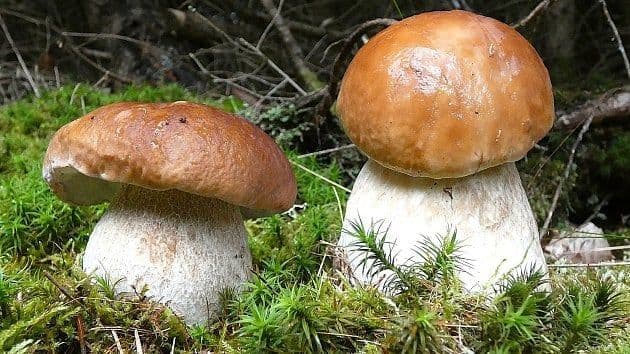
The Elusive Elements: What Makes Mushrooms Thrive
There's a certain magic to the forest floor after a good rain, a hushed anticipation among foragers hoping for a bountiful harvest. But what exactly coaxes these mysterious fungi from their hidden mycelial networks? It largely boils down to a delicate dance of environmental factors, with moisture and temperature playing the lead roles. Czech meteorologists, much like seasoned mushroom hunters, understand this intricate relationship. Their predictive models, developed by the in collaboration with the , specifically focus on the 'suitability of moisture conditions' – a key indicator for fungal growth. It’s not just about a single downpour; mushrooms need consistent, adequate soil moisture for their fruiting bodies to emerge. Too dry, and nothing happens. Too wet, and you might find them waterlogged, moldy, or, as a recent expedition to showed, frustratingly absent despite seemingly damp conditions. This highlights that while moisture is paramount, other subtle factors, including the precise temperature and the overall health of the forest ecosystem, are also critical for a successful flush.
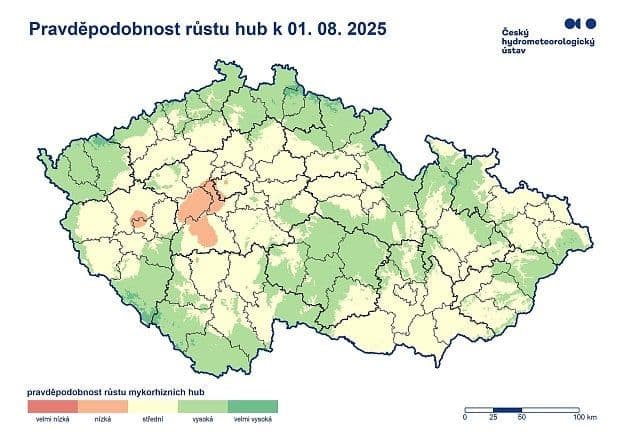
Navigating the "Green Zones": A Deep Dive into Predictive Maps
For the modern Czech mushroom hunter, the days of purely speculative wanderings are increasingly giving way to a more data-driven approach. Enter the predictive maps from the , which are rapidly becoming an indispensable tool. These aren't just pretty pictures; they're sophisticated visual representations of where conditions are most favorable for mushroom growth, often displayed as inviting 'green zones.' What do these green swathes signify? They indicate areas where the moisture levels are deemed optimal for fungi to flourish, based on complex meteorological models. This isn't guesswork; it's a scientific collaboration, with the leveraging its extensive weather data and the contributing their deep understanding of fungal biology. By checking these maps before you even lace up your boots, you can transform your foraging strategy from a hopeful stroll into a targeted expedition, significantly increasing your chances of success. Imagine knowing, before you leave home, that a particular region is practically glowing green with promise – that’s the power these maps put into your hands.
Bohemia's Bounty: Understanding Regional Foraging Trends
While the green zones offer a nationwide overview, a deeper dive reveals the fascinating regional variations in mushroom growth across the . It's a common tale: one part of the country might be overflowing with boletes, while another, just a few dozen kilometers away, yields little more than disappointment. Take, for instance, the stark contrast often seen between the lush , where foragers frequently return with baskets brimming with prized finds, and areas like . Despite ample moisture, recent reports from indicated that mushroom growth hadn't truly kicked off, with the map showing only a 'low to medium' probability. This isn't necessarily a flaw in the map but rather a reflection of localized microclimates, soil conditions, or even the timing of specific rain events relative to temperature fluctuations. A savvy forager understands that even a broadly 'green' map needs to be interpreted with regional knowledge, recognizing that ideal conditions might arrive later or manifest differently in various parts of , , or .
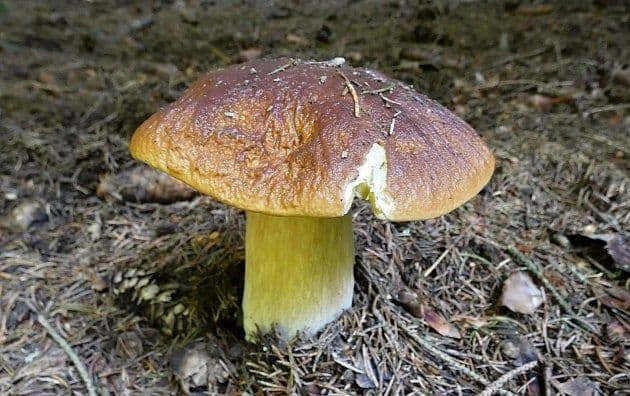
Beyond the Map: Reading Nature's Subtle Cues
Even with the most advanced predictive maps guiding your way, the ultimate success of a foraging trip often hinges on your ability to read nature's subtle cues on the ground. The map provides a fantastic starting point, indicating broad areas of moisture suitability, but it can't tell you everything. For instance, that recent trip to revealed plenty of moisture, yet few mushrooms, and those found were often moldy or worm-ridden. This teaches us that the right moisture isn't the only ingredient; the quality of the moisture, recent temperature shifts, and the presence of pests also play a role. Are the leaves underfoot truly damp, or just superficially wet? Is there a fresh, earthy scent in the air, or a stagnant, overly humid feel? Experienced foragers pay attention to the health of other forest plants, the presence of specific insects, or even the condition of older, decaying fungi. Blending the scientific insights from the 'green zones' with this intuitive, on-the-ground observation is how you truly master the art of Czech mushroom hunting, turning map data into tangible, delicious finds.
Related Articles
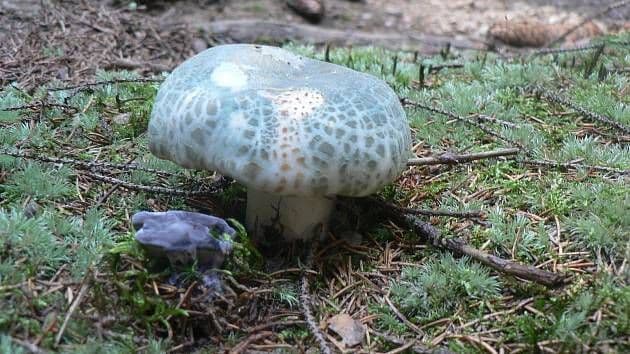
Beyond the Boletus: Mastering the Art of Czechia's Evolving Mushroom Hunt

Beyond the Boletus: Mastering the Art of Czechia's Evolving Mushroom Hunt
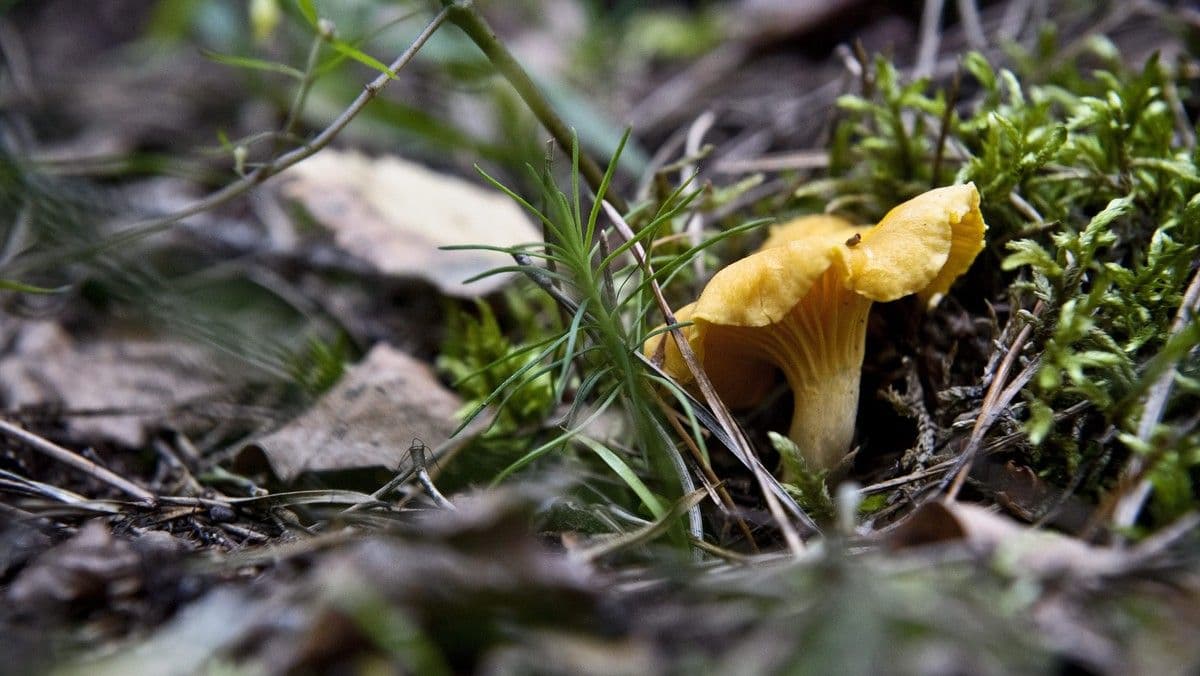
Decoding the Forest Floor: A Forager's Journey Through Poland's Mushroom Seasons

Decoding the Forest Floor: A Forager's Journey Through Poland's Mushroom Seasons

Unearthing Bulgaria's Black Gold: The Hidden Promise of a Truffle Frontier

Unearthing Bulgaria's Black Gold: The Hidden Promise of a Truffle Frontier

Storm Sentinels: Unpacking ČHMÚ's Vital Warnings for Czech Weather Readiness
